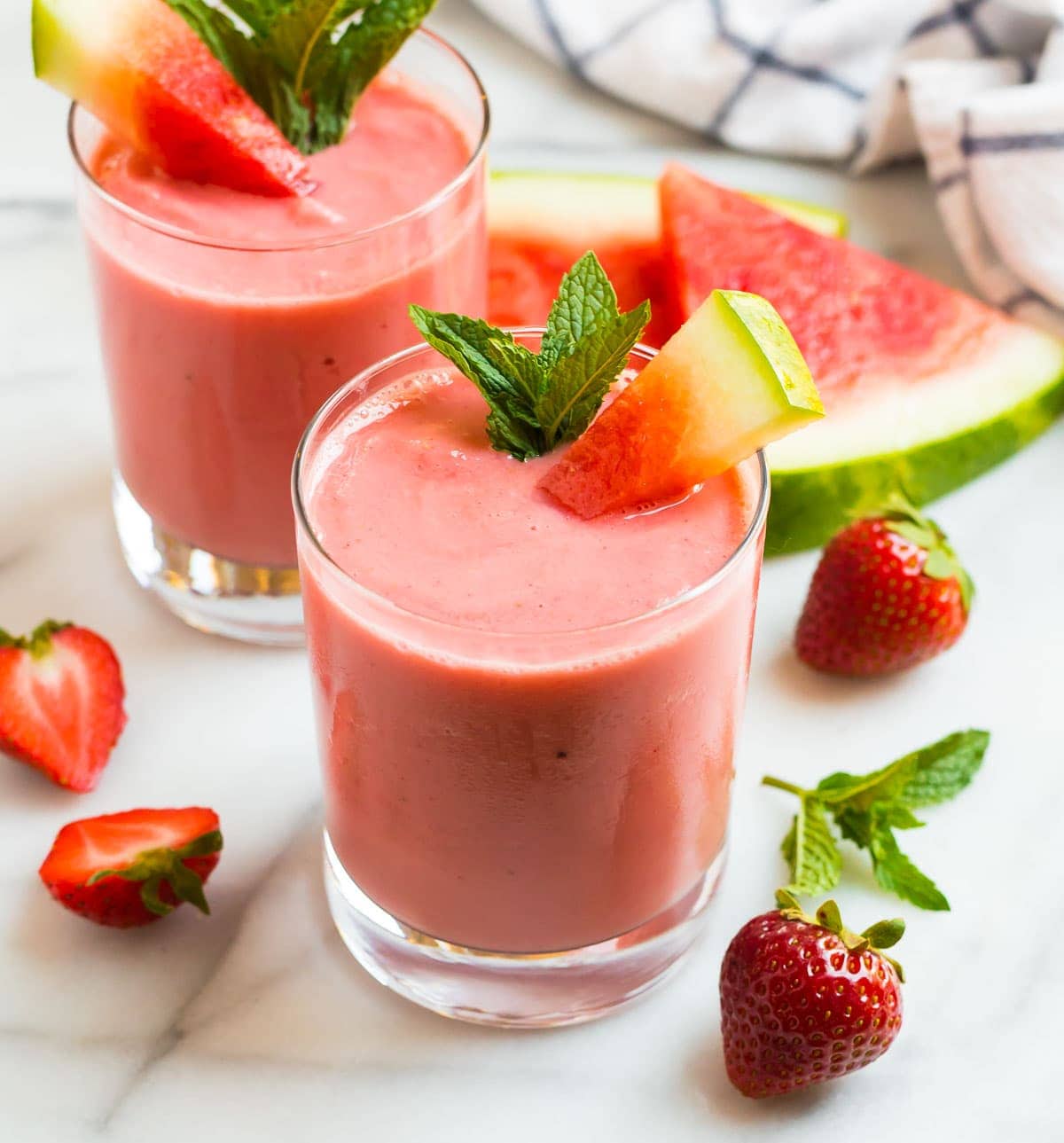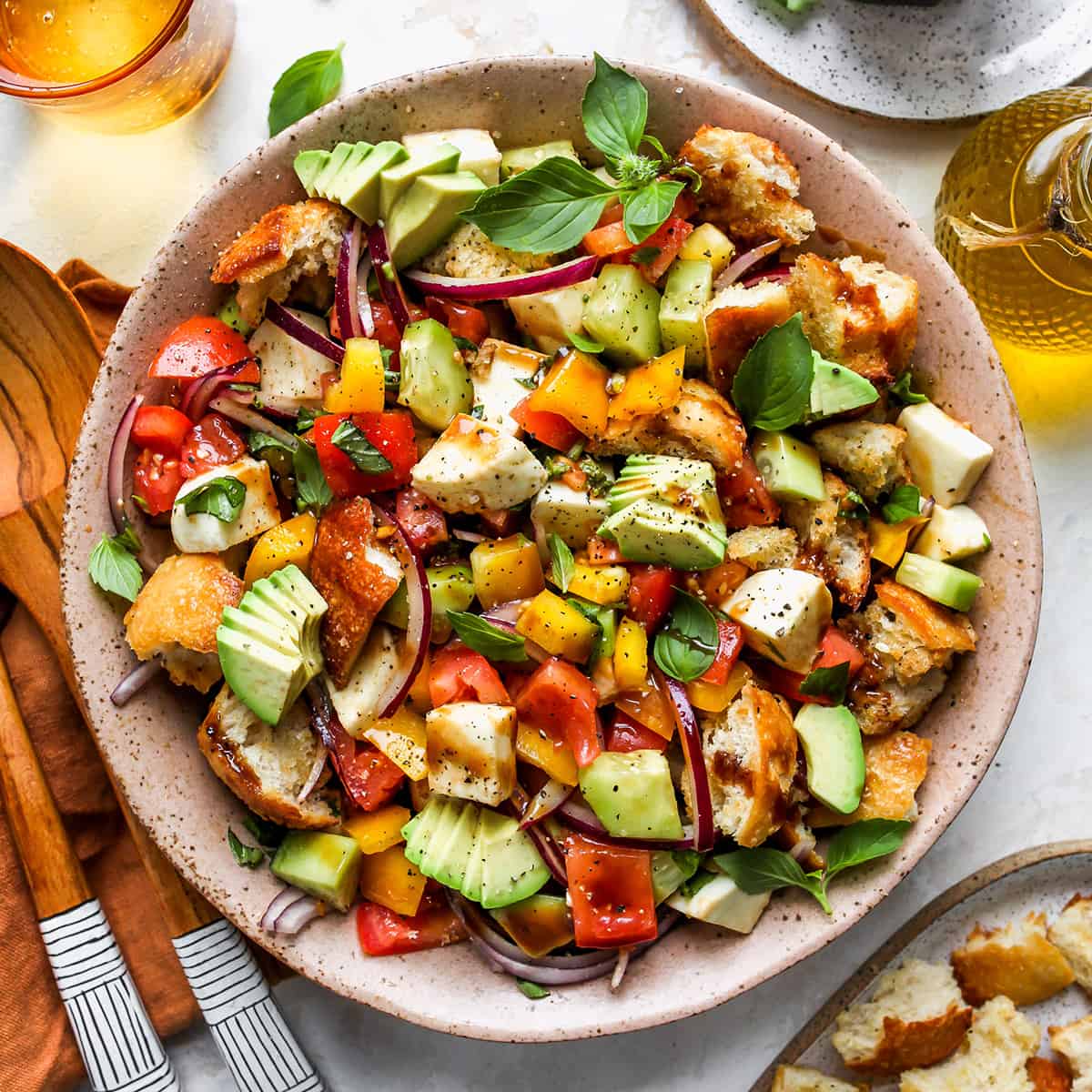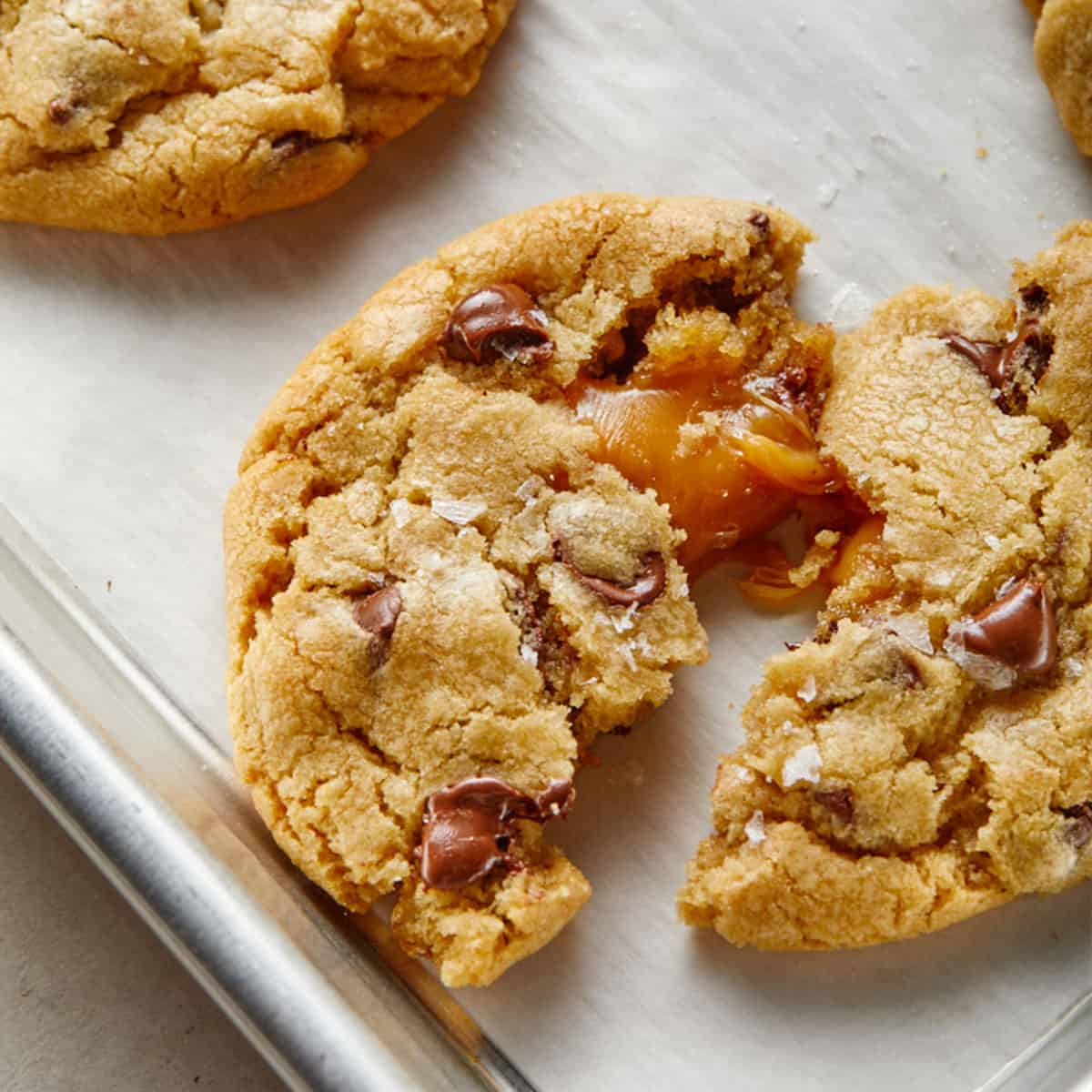Have you ever wondered how top bodybuilders manage to hit their macros and meal prep while traveling? Whether you’re a fitness professional or just trying to stay on track with your weight management goals, here are some helpful tips to keep you on point during your next trip!
The Challenge: Why is Meal Prep During Travel So Difficult?
For anyone on a strict meal plan such as a competitive physique athlete, attention to detail with macros and timing is an important part of your day and can cause a lot of added stress when traveling. The ideal meal timing is generally every 2-3 hours to keep your metabolism firing and avoid unwanted spikes in glucose and insulin throughout the day.
There are a few hurdles that travel presents, such as:
● Long gaps between mealtimes.
● Limited access to healthy meals or specific macros.
● Extracellular water retention from long flights.
● Body fat storage and catabolic state (burning muscle for energy).
● Dehydration and GI issues from less water intake.
● Issues bringing food through the airport.
● Once you’ve reached your destination, making sure you have food during your stay and return travel.
Depending on the situation, having 2-3 of these compounding problems stack up during a competition prep or transformation can really hinder your progress and create unwanted stress.
Mealtime Management Tips
This battle is won in the preparation! One strategy bodybuilders use is prepping meals in advance, vacuum sealing them, and deep freezing. This strategy can help you prepare for several days’ worth of meal prep for relatively cheap. The best way to bring these meals is in a cooler bag (I.E., Iso Bag, 6-Pack bag, etc.) with meals completely frozen and ice packs frozen solid. You cannot travel with liquid so make sure all ice packs and meals are completely frozen when you arrive at the airport.
Also, make sure to call or visit your hotel website to see if they have a refrigerator and microwave available. Oftentimes, you can request this in advance or choose a different hotel. Ideally, it’s helpful to look for hotels such as Home2 Suites by Hilton or Airbnb’s with a full kitchen to give options on meal prepping during longer stays.
If you’ve forgotten something or prefer to prep your meals on-site, you can scout out a local grocery or convenience store to source your food. And of course, in today’s digital age be sure to leverage apps such as InstaCart, Uber Eats and others to save yourself some time (and potentially money!)
Another option depending on the budget is to simply use a meal prep service such as Trifecta or similar. Many of these companies will ship directly to your hotel, or you can order in advance and bring them with (frozen) during your trip. I love this convenience and it has saved me a lot of time and hassle when I am in a pinch.
High-Flying Meal Planning
Now that we’ve touched on how to get your meals to your destination, let’s talk about another challenging facet of travel which is managing your macros in the airport/airplane. Generally, it’s best to bring 1-2 cooked meals that are easy to eat and keep them in your carry-on bag. Some common examples might be ground beef with rice and veggies, plant-based meals with pasta, etc. It takes a bit of experience to get the temperature right, so you don’t risk spoiling your meal, but you also don’t want it to be frozen.
Just as importantly, be sure to pack the following non-perishable options which will come in handy at some point during your travel:
● Extra plastic ware (fork, spoon, napkin, etc.)
● Carbs such as granola, oats, rice, complex carb powders and other easy to pack foods.
● Proteins (powders, bars, meal replacement shake powders, etc.)
● BCAA’s and L-Glutamine powders.
● A shaker cup – bonus is you can fill this with water FREE in the airport or in the hotel fitness rooms.
● Condiments or seasonings of choice.
Expect the Unexpected
There may come a time where the unexpected happens or you completely forget your meals and have no backups while stuck at the airport. If this happens, you can resort to plan B which will require some improvising.
Mexican or Asian cuisine may have options where you can at least break apart the macros and get a protein, carb, healthy fat, and veggies. Although not ideal, this is better than skipping an entire meal and risk muscle wasting.
Some good rules of thumb when you are not able to measure your food are as follows:
● Carbohydrate – portion about the size of your balled up fist.
● Protein – portion about the size and thickness of the palm of your hand.
● Veggies – portion about the size of your balled up fist.
● Hydration – try to drink at least 16-20 fl. Oz. of H2O with every meal.
Consistency Yields Results
By managing your meal prep while traveling you are going to increase your consistency which is the most impactful component in achieving the desired results. Even if you are only hitting your target at 80-90% of plan while traveling, giving your body consistent fuel with adequate nutrition is going to help produce better outcomes.
It all comes down to planning, leveraging resources (meal prep companies, InstaCart, hotel services/amenities, etc.), and pivoting whenever necessary. Understanding proper nutrition and how each macronutrient will affect the body is also extremely beneficial when managing meals in a crisis or during travel.



